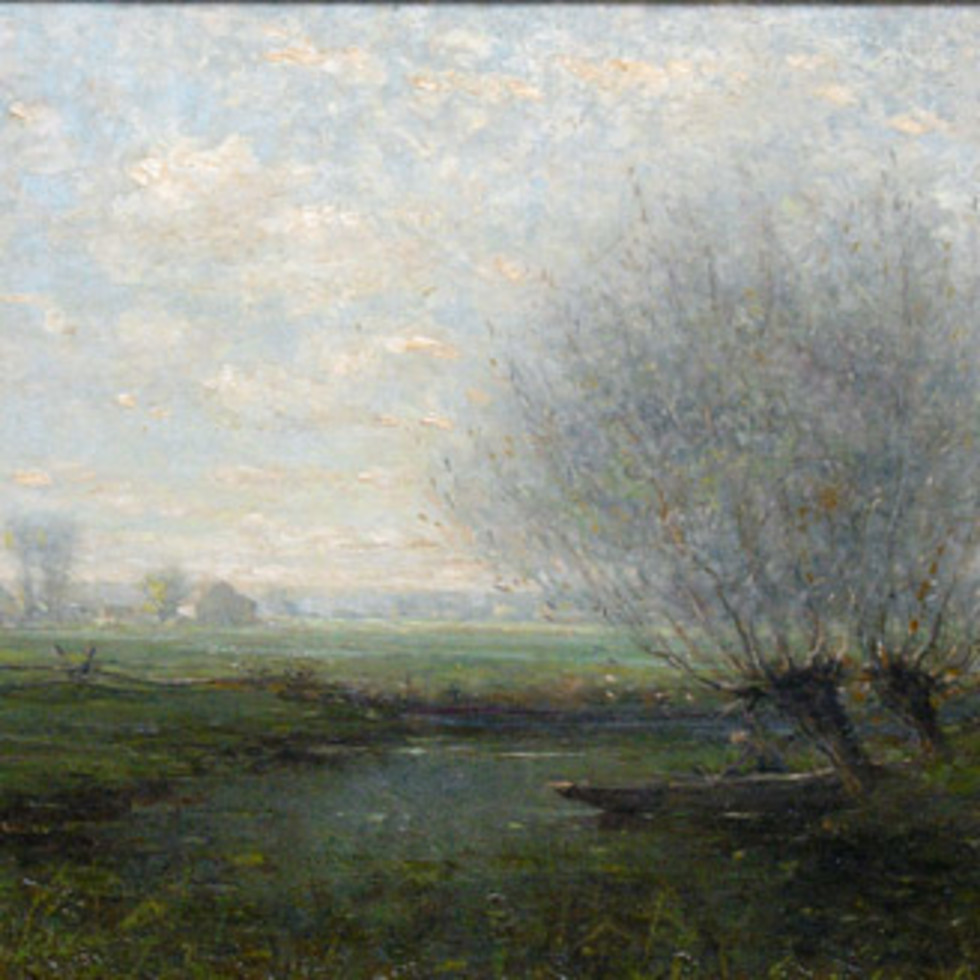Sir John Lavery
 "I think every art student starts with the belief that when he has gained a knowledge of the language he will be able to say something that has not been said before. In the majority of cases, as he goes on he finds that what he has to say has been said by somebody else, perhaps in language he can never aspire to."
John Lavery, in his autobiography "The Life of a Painter"
"I think every art student starts with the belief that when he has gained a knowledge of the language he will be able to say something that has not been said before. In the majority of cases, as he goes on he finds that what he has to say has been said by somebody else, perhaps in language he can never aspire to."
John Lavery, in his autobiography "The Life of a Painter"
Sir John Lavery was born in Belfast on March 20, 1856. He was orphaned at a young age and sent to study in Scotland where he attended the Haldane Academy in Glasgow (now the Glasgow School of Art). He later went to study at the Académie Julian in Paris. Lavery's career was launched in 1888 when he was commissioned to paint the state visit of Queen Victoria to the Glasgow International Exhibition. He became known as a society painter. This new reputation enabled him to move to London, where he became acquaintances with fellow artist James McNeill Whistler, who was influential to Lavery.
During World War I, Lavery was appointed an official war artist. However, ill health and a serious car crash during a Zeppelin bombing raid kept him from fulfilling this role. He instead remained in Britain and painted boats, aeroplanes and airships. During this time he became close friends of the Asquith family and spent time with them at their Sutton Courtenay residence near the Thames river, where he painted portraits and idyllic summer scenes.
After the war, Lavery was knighted and in 1921 was elected to the Royal Academy. To this day, he is a much sought after artist in the Irish art market. His portraits of Edwardian society including commissioned portraits of Edward Carson and Winston Churchill are most notable. Lawley's wife, Irish-American Hazel Martyn, modelled for more than 400 of her husband's paintings and provided the iconic image of Kathleen Ni Houlihan, later reproduced on Irish banknotes from 1928 until 1975.
For his outstanding career, Lavery received honorary degrees from the University of Dublin and Queen's University Belfast. He was made a free man of both Dublin and Belfast and was a long-standing member of the Glasgow Art Club, where Lavery exhibited at the club's annual exhibitions.
Sir John Lavery died of natural causes in Rossenarra House, Kilmoganny, Co. Kilkenny on January 10, 1941 at the at of 84. He was interred in Putney Vale Cemetery in southwest London.





